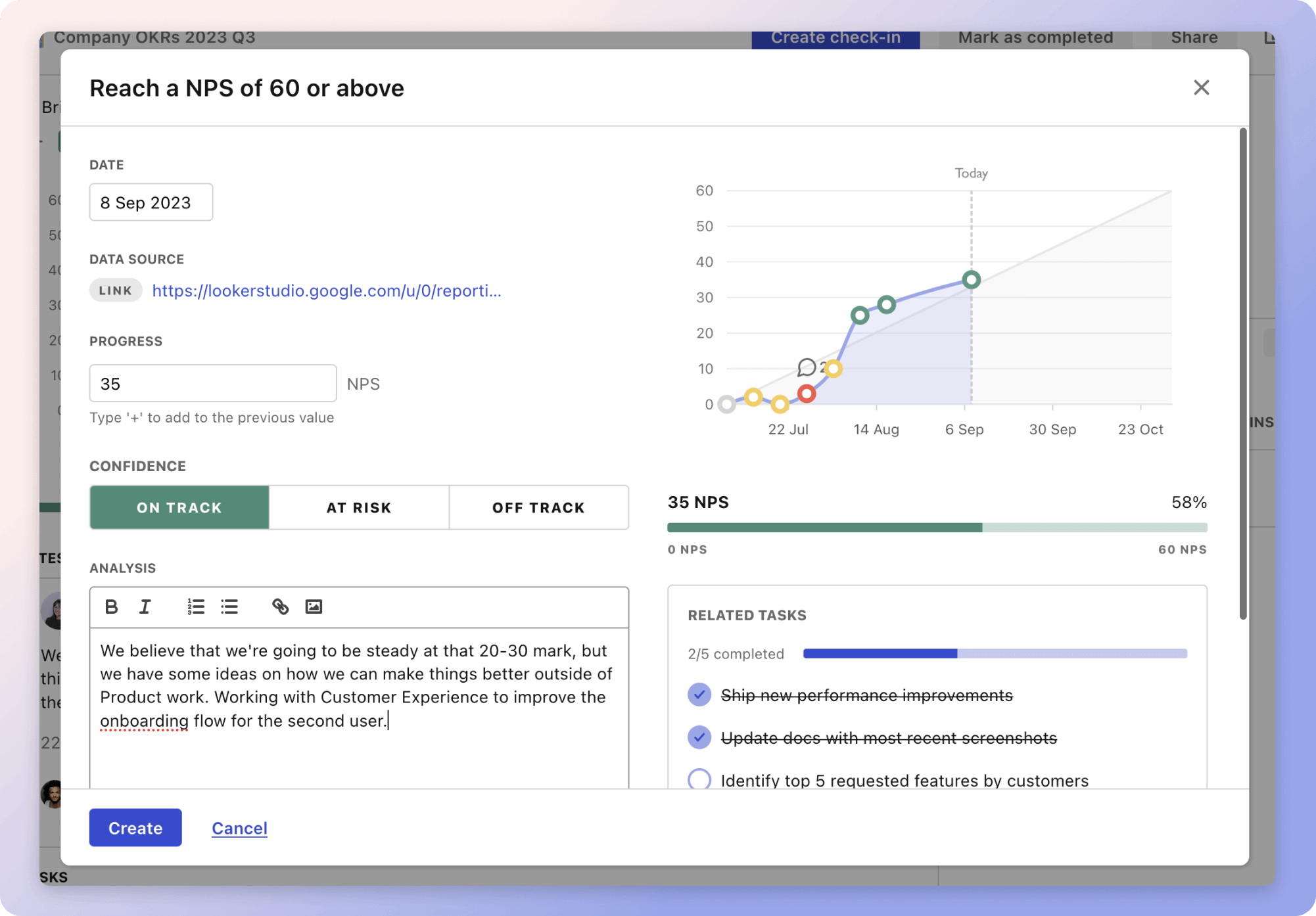The strategy highlighted is "Highlighting Product Superiority," which focuses on showcasing the benefits of a superior product compared to competitors. The first approach is to conduct a comprehensive competitor analysis. For instance, by identifying who the main competitors are and analyzing their strengths, weaknesses, and marketing strategies, businesses can find gaps in their offerings, such as unique features they lack.
Developing a strong value proposition is another crucial element. For example, clearly defining what differentiates your product and aligning it with customer needs ensures that your messaging resonates. Incorporating customer testimonials and maintaining consistent messaging across channels help reinforce your product's value.
Utilizing multi-channel marketing amplifies the message about your product. This involves running targeted campaigns on social media, leveraging email marketing, and investing in content marketing like blogs and videos. By engaging in webinars, using influencer marketing, and attending industry events, companies can enhance their brand credibility and expand their reach.
The strategies
⛳️ Strategy 1: Conduct Comprehensive Competitor Analysis
- Identify who the main competitors are in your industry
- Evaluate the strengths and weaknesses of competitors' products
- Research competitor marketing strategies and messages
- Gather customer reviews and feedback on competitors
- Identify gaps in competitors' product offerings
- Assess competitors' pricing models
- Analyse competitors' digital presence and engagement
- Track competitors' promotional offers and discounts
- Review competitors' distribution channels
- Identify potential threats from new competitors
⛳️ Strategy 2: Develop a Strong Value Proposition
- Define what sets your product apart from the competition
- Highlight the unique benefits and features of your product
- Create clear and concise messaging around these advantages
- Align your value proposition with customer needs and pain points
- Incorporate customer testimonials and case studies
- Validate value proposition through customer feedback
- Ensure messaging is consistent across all channels
- Test the effectiveness of different value proposition versions
- Communicate your product's impact on users' lives or businesses
- Refine the value proposition based on market changes
⛳️ Strategy 3: Utilise Multi-Channel Marketing
- Create targeted advertising campaigns across social media platforms
- Leverage email marketing to highlight product benefits
- Develop content marketing strategies, such as blogs and videos
- Use SEO practices to ensure visibility in search engines
- Engage with potential customers through webinars and live demos
- Utilise influencer marketing to build brand credibility
- Invest in paid search advertising to reach more leads
- Maintain a strong presence at industry events and trade shows
- Use direct mail for a personalised marketing approach
- Measure and analyse the effectiveness of each channel regularly
Bringing accountability to your strategy
It's one thing to have a plan, it's another to stick to it. We hope that the examples above will help you get started with your own strategy, but we also know that it's easy to get lost in the day-to-day effort.
That's why we built Tability: to help you track your progress, keep your team aligned, and make sure you're always moving in the right direction.

Give it a try and see how it can help you bring accountability to your strategy.
